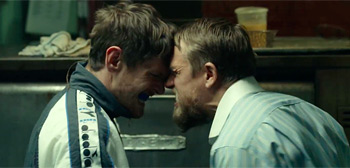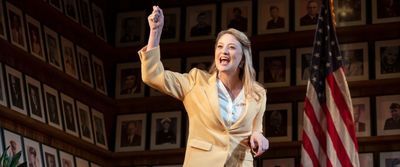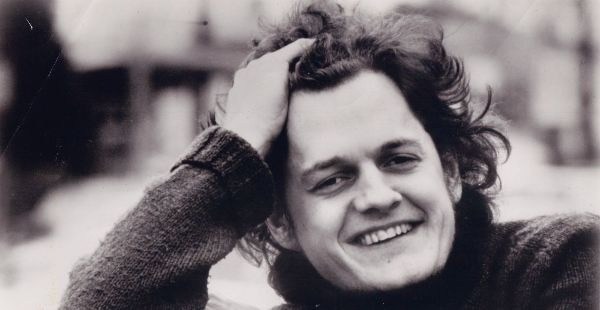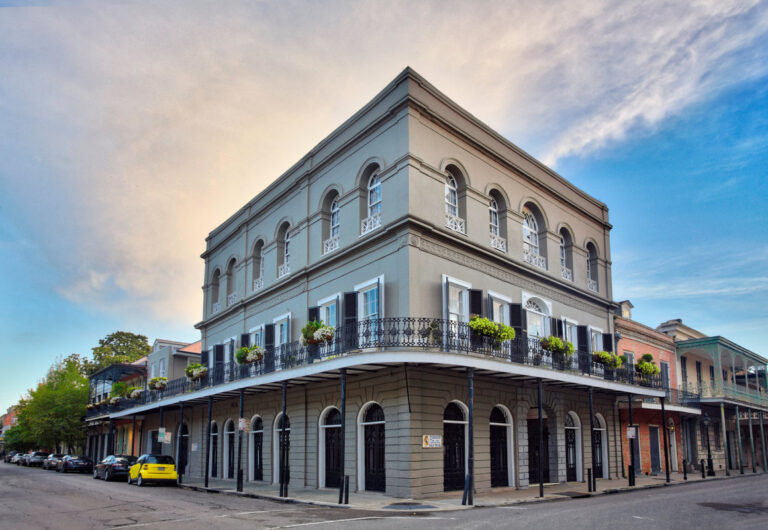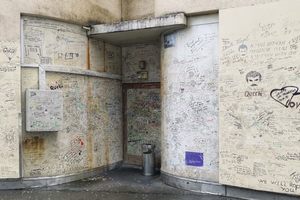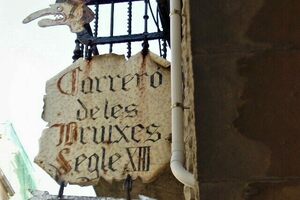Paperback Bookshop Rhinoceros in Edinburgh, Scotland
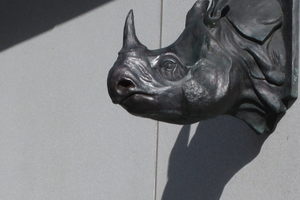
When thinking of animals that reflect the breadth and diversity that is Edinburgh, there’s a plethora of species to choose from, from the mythical unicorn, which is the nation’s symbolic animal, to Greyfriars Bobby, a famed Skye terrier who is the city’s mascot. There is also Dolly the Sheep, the first mammal to be cloned, or Wojtek the Soldier Bear, who helped allied forces during World War II. Now, what would one make of a rhinoceros having anything to do with “Athens of the North”?
During the 1960s, a young American named Jim Haynes ran the Paperback Bookshop on the site that is now the University of Edinburgh Visitor Centre and Gift Shop. The front of the store was distinct in that it featured a mounted head of a rhino. But that feature is not the main reason why this shop is remembered.
But first we need some historical context. Back in 1928, D. H. Lawrence’s Lady Chatterley’s Lover had been banned in the United Kingdom for its sexually-explicit content. However, Penguin Books won a court case in September 1960, in which the publisher was allowed to distribute paperback copies.
Now, enter an elderly woman with a set of fire tongs. As the story goes, she came into the Paperback Bookshop in the winter of 1960 solely to purchase a copy of this notorious tome. After she paid, she picked up the book with the tongs and proceeded to head to the street, where she set it alight. As luck would have it, a friend of Haynes’s was there to capture a photograph of the incident, which would then be used by the publisher to further the sales of the already popular novel.
Unfortunately, for Haynes, this escapade wasn’t enough to save his shop from the encroaching progress of Edinburgh University. He would eventually lose his bid to keep his shop in this location. However, a sculpture was later dedicated to the man and this infamous event.
A plaque reads, “This sculpture by William Darrell is in celebration of the cultural richness of Jim Haynes’ Paperback Bookshop (1959–67) and the merger between The University of Edinburgh and The College of Art (2011) which extends that richness many-fold.”
